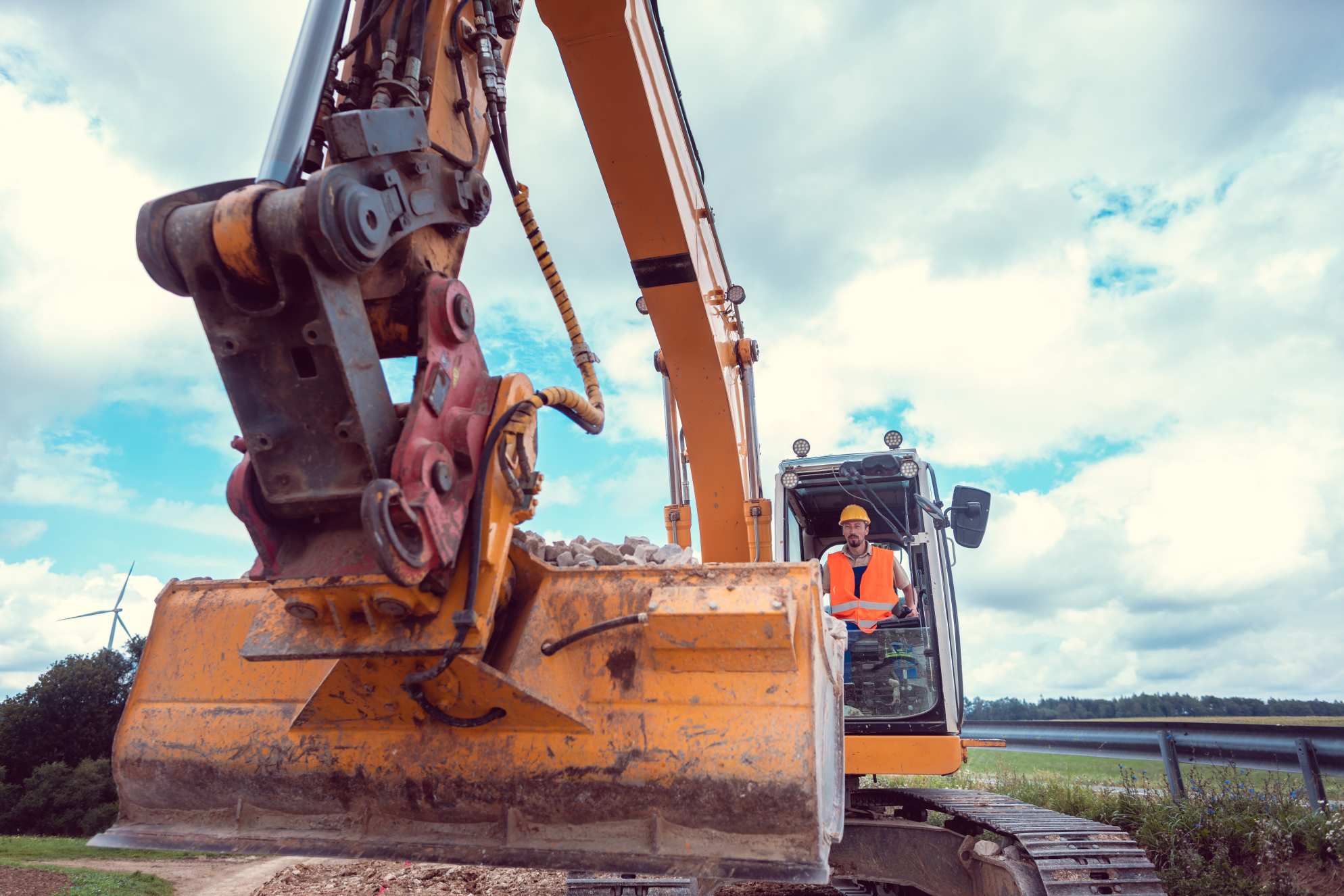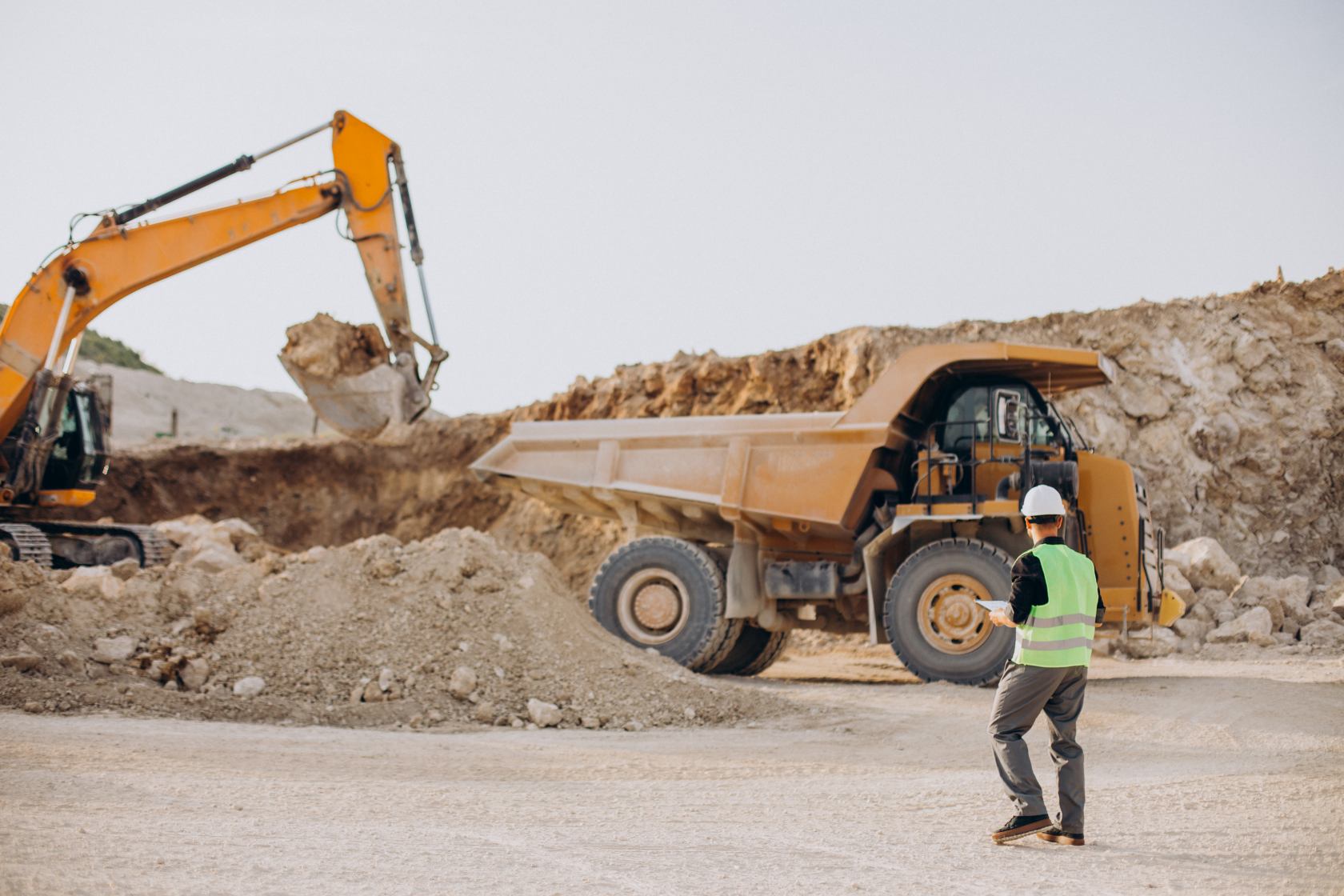1. Introdução: Equipamentos usados se tornam o "Melhor Custo-Benefício"
Atualmente, as taxas internacionais para novos equipamentos de construção devem aumentar, enquanto os ciclos de entrega continuam a se alongar, representando desafios crescentes para muitos especialistas em construção em mercados emergentes. Ao mesmo tempo, iniciativas de infraestrutura em muitos países estão passando por uma recuperação, impulsionadas pela crescente demanda por uma variedade de tipos de equipamentos de construção. Nesse contexto, a demanda por equipamentos usados que sejam "utilizáveis, acessíveis e facilmente disponíveis" aumentou significativamente. Por exemplo, em regiões como África, Sudeste Asiático e Ásia Central, a demanda por equipamentos baratos está crescendo rapidamente entre empreiteiros de construção e equipes autônomas, tornando os equipamentos usados seu "melhor custo-benefício".

* Fator determinante 1: Orçamentos limitados e equipamentos usados reduzem o risco de investimento inicial
Em mercados em ascensão, existem diversas pequenas empreiteiras e construtoras de startups, todas com financiamento limitado. Em comparação com os altos gastos com equipamentos novos, equipamentos usados apresentam vantagens de custo consideráveis, normalmente 30% a 50% menores. Para profissionais com dificuldades financeiras, isso pode reduzir drasticamente os custos iniciais de financiamento e mitigar os riscos de investimento. Ao comprar equipamentos usados, eles podem avaliar o mercado com uma barreira de entrada menor, obter um retorno mais rápido do investimento e acumular capital para a futura expansão dos negócios.
* Fator determinante 2: Ciclos curtos de projeto e baixo uso de equipamentosidade
Projetos de infraestrutura em mercados emergentes costumam ter ciclos de vida curtos, geralmente de 3 a 12 meses. A combinação de leasing e compra está se tornando cada vez mais popular. Para esses projetos de curto prazo ou operações sazonais, equipamentos usados oferecem uma solução mais econômica. A compra de equipamentos novos, no entanto, resultaria em um período de retorno prolongado devido ao curto ciclo do projeto e ao baixo uso do equipamento, resultando em desperdício de recursos. Equipamentos usados, por outro lado, podem atender às necessidades operacionais de curto prazo e são facilmente revendidos após a conclusão do projeto, tornando-os mais adequados para esses projetos.

* Fator determinante 3: o prêmio premium da marca permanece, com a retenção de valor sendo um critério de seleção fundamental
No mercado de equipamentos usados, a influência das marcas continua significativa. Equipamentos usados de grandes marcas internacionais, como Caterpillar, Komatsu e Volvo, são altamente valorizados pelos usuários em mercados emergentes devido à sua qualidade e reputação superiores. Essas marcas também oferecem retenção de valor relativamente alta, minimizando perdas na revenda. Ao mesmo tempo, os fabricantes nacionais de equipamentos também estão começando a prestar atenção ao mercado de usados, estabelecendo seus próprios canais de "usados certificados" e aumentando a credibilidade dos equipamentos usados produzidos nacionalmente por meio de testes e certificações padronizados. Além disso, equipamentos usados com registros completos de manutenção são mais populares entre os usuários devido ao seu desempenho e condições garantidos.
* Fator determinante 4: Plataformas digitais promovem eficiência de circulação
Com o avanço da tecnologia digital, diversas plataformas online têm fornecido um guia robusto para a circulação de equipamentos usados, aumentando radicalmente a eficiência das transações. Estruturas sociais como empresas do Facebook e comunidades do WhatsApp tornaram-se locais essenciais para a troca de informações sobre equipamentos usados, facilitando a comunicação e a conexão entre compradores e vendedores. Além disso, plataformas B2B especializadas estão aproveitando o crescimento das transações internacionais. Os Emirados Árabes Unidos e Cingapura, com suas excelentes áreas geográficas e sistemas logísticos completos, tornaram-se pontos de trânsito essenciais para equipamentos usados. Revendedores chineses também estão alavancando ativamente estruturas como o Alibaba International Station e o Machinery Trader para ampliar os mercados estrangeiros, permitindo que maiores clientes em mercados emergentes comprem facilmente máquinas usadas adequadas.
2. Como determinar se vale a pena comprar uma máquina usada?
Em um cenário de crescimento contínuo na propriedade global de equipamentos e crescentes pressões financeiras, cada vez mais compradores estão se voltando para o mercado de equipamentos usados. No entanto, a qualidade dos veículos usados varia muito. Como escolher e comprar com confiança? Os cinco passos principais a seguir são importantes para todo comprador:

Uma boa máquina usada vai além do preço justo; ela precisa ser confiável, tanto por dentro quanto por fora. Entender o equipamento e ser capaz de avaliar seu desempenho são as maiores vantagens competitivas neste mercado em rápida transformação.
3. Tendências futuras
No futuro, a implementação de um sistema de certificação de máquinas usadas de marca será acelerada. Mais fabricantes e revendedores de equipamentos participarão da certificação de máquinas usadas. Por meio de procedimentos padronizados de testes, reparos e garantias, isso aumentará a transparência na qualidade das máquinas usadas e fortalecerá a confiança do consumidor.
A integração de máquinas usadas com serviços de aluguel e peças se tornará uma tendência. As empresas oferecerão um serviço único, com "usado + aluguel + peças", para atender às necessidades abrangentes dos usuários durante todo o ciclo de vida do equipamento, aumentando assim a satisfação e a fidelidade do cliente. Ao mesmo tempo, "máquinas usadas modernizadas", que priorizam o serviço pós-venda, o monitoramento remoto e a transparência da qualidade, se tornarão cada vez mais populares. Os usuários não apenas desejam máquinas usadas com preços acessíveis, mas também um serviço pós-venda confiável e visibilidade em tempo real do status do equipamento por meio do monitoramento remoto. Esses fatores se tornarão áreas competitivas importantes no mercado de máquinas usadas.
4. Conclusão: Equipamentos usados não significam equipamentos de baixo custo, mas sim um tipo diferente de alocação eficiente
Para mercados emergentes, máquinas e equipamentos usados não são necessariamente de baixa qualidade ou obsoletos. Em vez disso, oferecem um método de alocação de recursos altamente eficiente que proporciona "investimentos mais rápidos e retornos mais estáveis". Isso ajuda os profissionais de engenharia em mercados emergentes a adquirir rapidamente os equipamentos necessários com um orçamento limitado e a aproveitar as oportunidades de mercado.
Para os fabricantes de equipamentos, o mercado de equipamentos usados representa uma nova oportunidade de estender o ciclo de vida do cliente. Ao participar das operações e serviços do mercado de equipamentos usados, os fabricantes de equipamentos podem estabelecer parcerias de longo prazo com os usuários, aumentar a influência de sua marca e diversificar seus negócios.
